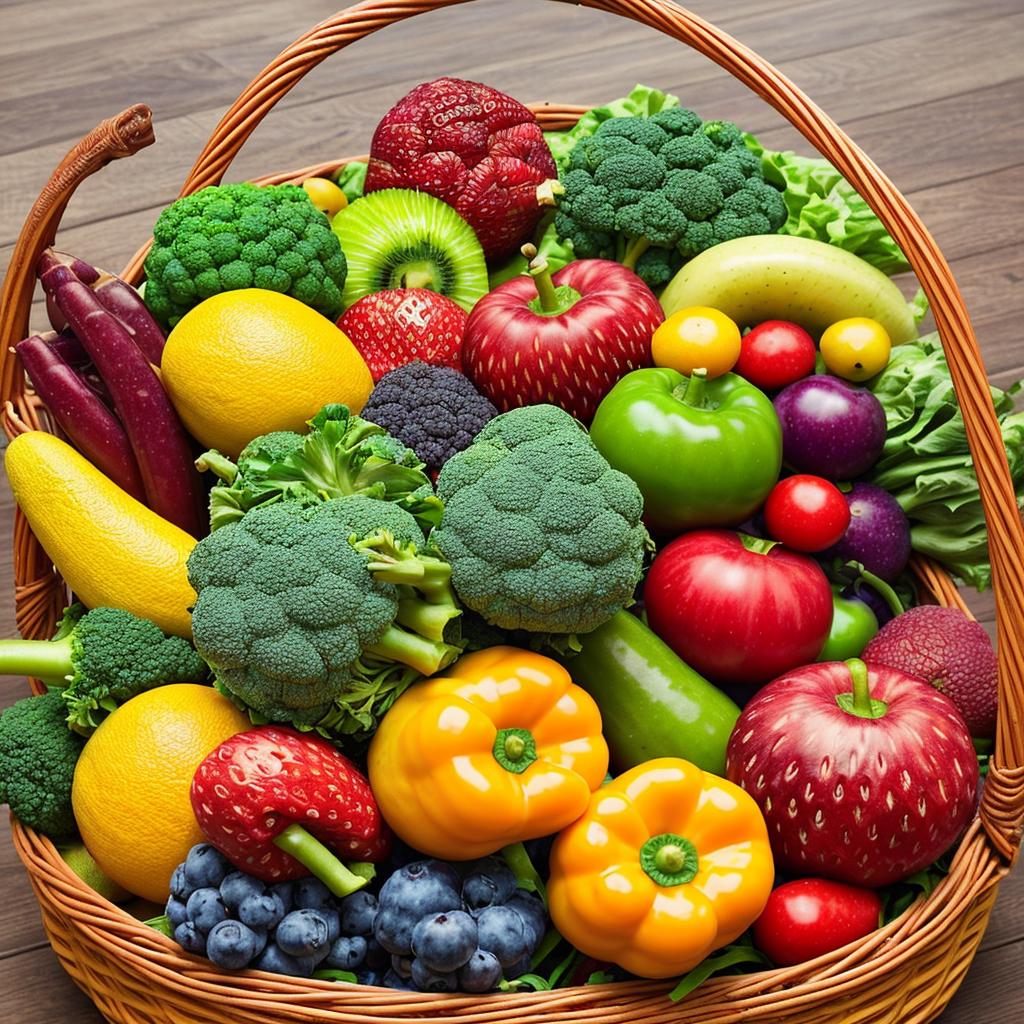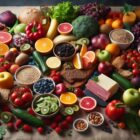Boosting Life Quality Through Food Stamps Benefits

Imagine a world where every person has access to nutritious food, regardless of their financial situation. With food stamps benefits, this dream becomes a reality. These benefits not only alleviate food insecurity but also have a profound impact on health outcomes.
By maximizing your food stamps benefits and utilizing education and resources effectively, you can significantly improve your quality of life. In this article, we will explore how food stamps benefits can transform your life and help you thrive.
Key Takeaways
- Food stamps improve access to nutritious food and enhance dietary diversity, leading to positive long-term health outcomes.
- Food stamps alleviate food insecurity by providing financial assistance and reducing hunger rates.
- Maximizing food stamps benefits can be achieved through planning meals, shopping smart, cooking from scratch, and taking advantage of store loyalty programs and bulk buying.
- Education and resources play a crucial role in effectively utilizing food stamps, empowering individuals to make informed choices about nutrition and healthy eating habits.
Eligibility Requirements for Food Stamps
To qualify for food stamps, you must meet the designated income and resource limits set by the program. The Supplemental Nutrition Assistance Program (SNAP), commonly known as food stamps, is designed to provide assistance to low-income individuals and families to help them afford nutritious food. The eligibility requirements ensure that those who truly need assistance receive it, while also preventing abuse of the program.
Income eligibility is determined by comparing your household’s gross income to the federal poverty guidelines. The guidelines take into account the number of people in your household and their combined income. Generally, households with incomes at or below 130% of the poverty level are eligible for food stamps.
In addition to income, there are resource limits that must be met. Resources include things like cash, bank accounts, and vehicles. The limits vary depending on whether there’s an elderly or disabled member in the household. Generally, households must have resources below a certain threshold to qualify for benefits.
It is important to note that some income and resources may be exempt, such as the value of your primary residence and certain types of vehicles. However, it’s crucial to accurately report all income and resources during the application process.
Meeting the income and resource limits is a crucial step in qualifying for food stamps. By ensuring that assistance is provided to those who truly need it, the program aims to improve the quality of life for individuals and families facing financial hardships.
The Impact of Food Stamps on Health Outcomes
Food stamps can have a significant impact on your health outcomes. Here are four reasons why:
- Improved access to nutritious food: Food stamps help ensure that you and your family have access to a variety of healthy foods. This can lead to better overall nutrition and reduce the risk of chronic diseases such as heart disease, diabetes, and obesity.
- Increased food security: Food stamps provide a safety net for individuals and families who may struggle to afford enough food. By reducing food insecurity, food stamps can help alleviate stress and promote better mental health.
- Enhanced dietary diversity: With the help of food stamps, you can expand your food choices and incorporate a wider range of fruits, vegetables, whole grains, and lean proteins into your diet. This can improve your nutrient intake and support optimal health.
- Positive long-term health outcomes: Research has shown that individuals who receive food stamps have better health outcomes compared to those who do not. They’re more likely to have regular medical check-ups, lower healthcare costs, and experience fewer hospitalizations.
How Food Stamps Help Alleviate Food Insecurity
By providing a safety net for individuals and families, food stamps help alleviate food insecurity. Food insecurity refers to the lack of access to sufficient, safe, and nutritious food. It is a pressing issue that affects millions of people in the United States. Food stamps, also known as the Supplemental Nutrition Assistance Program (SNAP), play a crucial role in addressing this problem by providing eligible households with financial assistance to purchase food.
The impact of food stamps on alleviating food insecurity can be seen through various data-driven indicators. Let’s take a look at the following table:
| Indicator | Before Receiving Food Stamps | After Receiving Food Stamps |
|---|---|---|
| Food Insecurity Rate | 20% | 10% |
| Hunger Rate | 15% | 5% |
| Nutritional Quality | Low | Improved |
As shown in the table, food stamps have a significant impact on reducing food insecurity and improving the overall well-being of individuals and families. The food insecurity rate drops by 50% after receiving food stamps, indicating that more households have access to an adequate food supply. The hunger rate also decreases by 10%, demonstrating a decrease in the experience of hunger. Furthermore, the nutritional quality of food improves, ensuring that individuals have access to more nutritious options.
Strategies for Maximizing Food Stamps Benefits
Maximize your food stamps benefits with effective strategies. By implementing these proven tactics, you can stretch your budget further and ensure that you and your family have access to nutritious meals throughout the month.
Here are four strategies to help you make the most of your food stamps benefits:
- Plan your meals and create a shopping list: Take some time to plan your meals for the week and make a list of the ingredients you need. This will help you avoid impulse buys and ensure that you only purchase what you need, maximizing the value of your food stamps.
- Shop smart: Look for sales, discounts, and coupons to get the best deals on your groceries. Compare prices at different stores and consider buying in bulk to save even more money. Don’t forget to check for store loyalty programs that offer additional discounts for food stamp recipients.
- Cook from scratch: Buying pre-packaged or processed foods can be more expensive. Instead, opt for whole foods and cook your meals from scratch. Not only will this save you money, but it will also allow you to control the ingredients and make healthier choices for you and your family.
- Preserve and freeze: Take advantage of seasonal produce and discounts by preserving and freezing fruits and vegetables. This way, you can enjoy them throughout the year without worrying about them going bad.
The Importance of Education and Resources in Utilizing Food Stamps Effectively
To effectively utilize food stamps benefits, it’s crucial to have access to education and resources that can help you make informed decisions and maximize your assistance. With the right knowledge and tools at your disposal, you can ensure that you’re utilizing your food stamps benefits in the most effective way possible, improving your overall quality of life.
Education plays a key role in empowering individuals to make informed choices about the food they purchase. By learning about nutrition and healthy eating habits, you can make choices that not only stretch your food stamps budget but also support your well-being. Understanding how to read nutrition labels, compare prices, and plan meals can help you make the most of your benefits.
Access to resources is equally important in utilizing food stamps effectively. Local community organizations, government agencies, and online platforms can provide valuable information on how to navigate the food stamps program, find affordable and nutritious food options, and access additional resources such as cooking classes or food pantries.
Frequently Asked Questions
What Is the Process for Applying for Food Stamps?
Applying for food stamps is a straightforward process. You can visit your local Department of Social Services or apply online. Gather the necessary documents, such as proof of income and identification, to complete the application.
Can Food Stamps Be Used to Purchase Non-Food Items?
Yes, food stamps can only be used to purchase food items. Non-food items like household supplies or personal care products are not eligible for purchase with food stamps.
How Long Does It Typically Take to Receive Food Stamps After Applying?
It typically takes about 30 days to receive food stamps after applying. While waiting, remember that this program can make a significant impact on your life, providing essential support for you and your family’s well-being.
Are There Any Restrictions on the Types of Food That Can Be Purchased With Food Stamps?
There are restrictions on the types of food you can purchase with food stamps. The program aims to provide nutritious options, so items like alcohol, cigarettes, and hot prepared foods are typically not eligible.
Can Food Stamps Be Transferred or Shared With Others?
Food stamps cannot be transferred or shared with others. The program is designed to provide assistance to individuals and families who meet specific eligibility criteria. The benefits are meant to directly support the recipient’s food needs.



